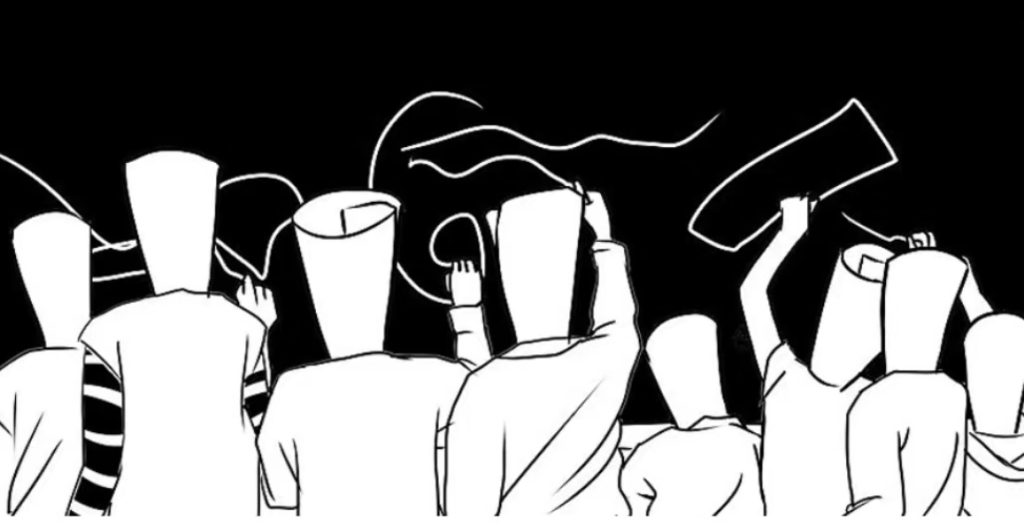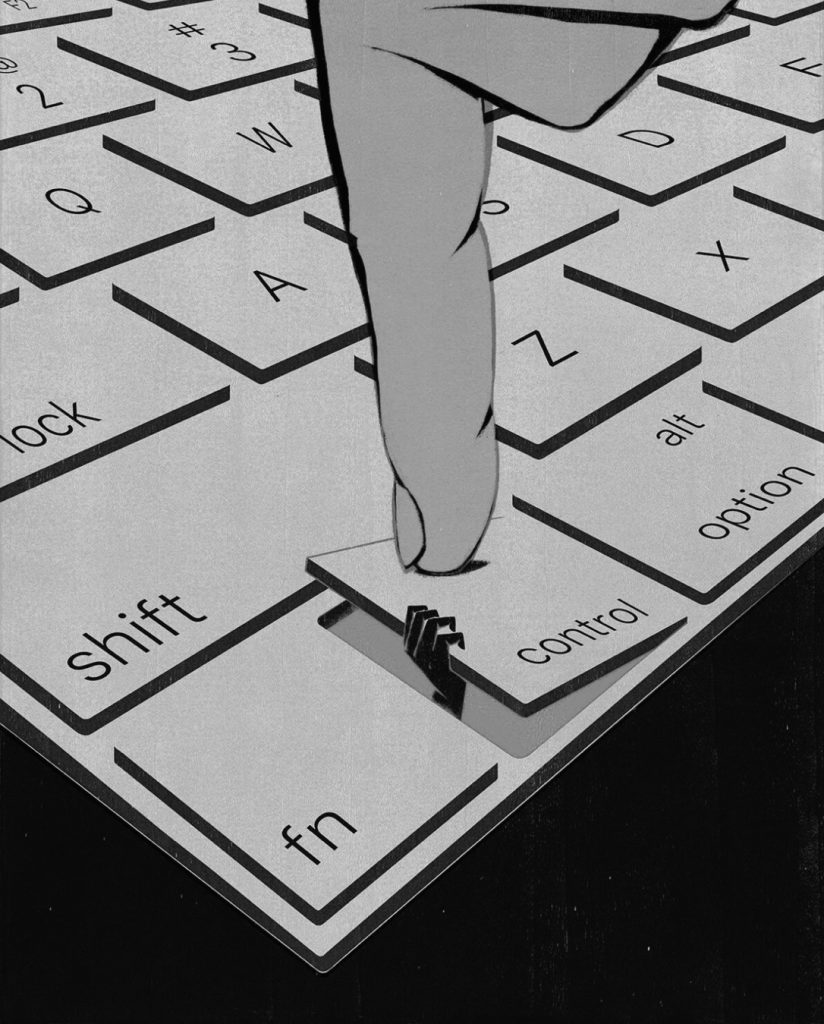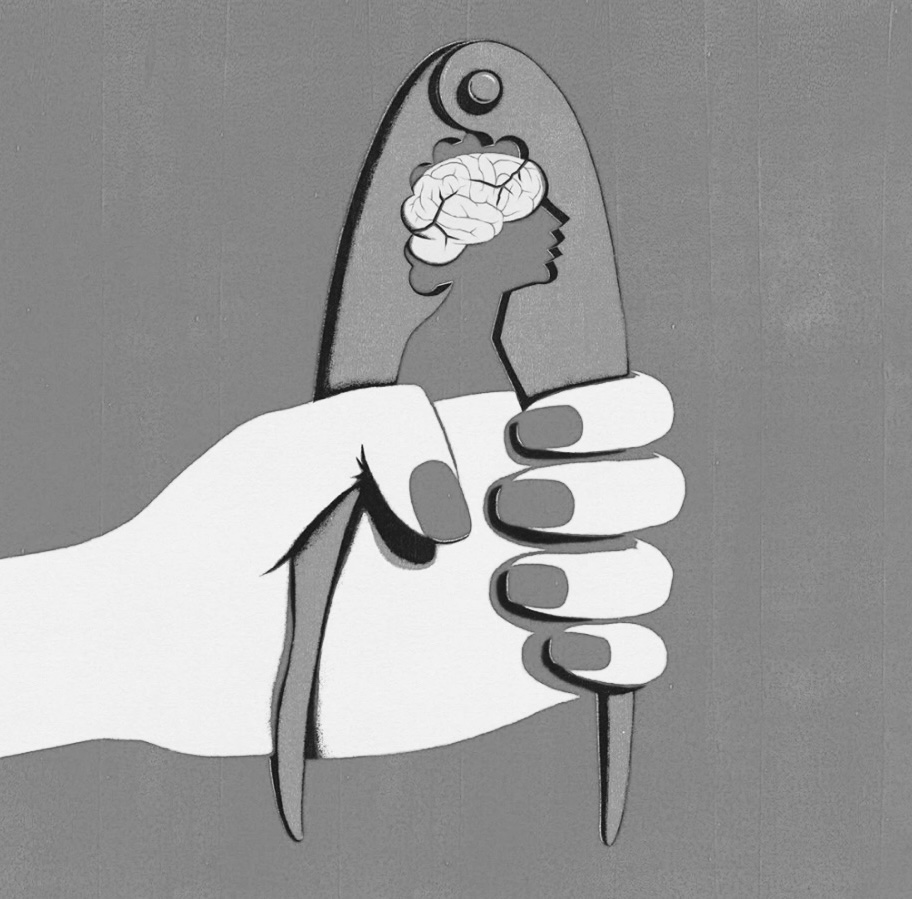Have you ever considered whether your choices were truly made by yourself? The two-step flow theory suggests that the media does not influence us directly, but rather play a role through opinion leaders whom we trust and admire. These opinion leaders will interpret media information and convey it to us, thereby influencing our thoughts and decisions. But it is worth mentioning that do we often stop and think about whether we are really in control of everything?
The two-step flow theory posits that ideas flow from mass media to opinion leaders and then to the wider population.
— Paul F. Lazarsfeld, Personal Influence: The Part Played by People in the Flow of Mass Communications (1955).


Nowadays, with social media influencers, bloggers, and celebrities everywhere, this influence is stronger than ever before. When an influential person promotes a product or expresses an opinion, it can feel very personal. For example, many young people have been influenced by YouTube bloggers such as Zoella and Joe Sugg, whose recommendations can quickly drive product sales. We believe that what we receive is genuine advice, but in reality, this influence guides us unconsciously without us noticing.
The Rise of Opinion Leaders in the Digital Age

Think about what you bought last time. Did you buy it because you needed it or because someone recommended it to you? The two-step flow theory demonstrates how information is disseminated: first through media, then reshaped by opinion leaders, and finally conveyed to us in a way that aligns with their perspectives.
As a concrete example, suppose Emma Chamberlain posted a post on her Instagram about a new sports shoe. She might show herself wearing the shoes to an event, pairing them with her fashionable attire and leaving a positive comment like “These shoes are so comfortable, they look great with any style!”
In this case, while you may not be interested in the shoes at first, seeing Emma recommend them, especially when she shows them in a real and intimate way, may stimulate your curiosity about the shoes. As a result, you may find out more about the shoes and even decided to buy them. This phenomenon is not uncommon on social media. We are often unconsciously influenced by the opinions and lifestyles of these opinion leaders, resulting in our consumption choices not only being based on personal needs, but also being influenced and inspired by them.
Taking Back Control: A Personal Reflection
It is worrying that we are rarely aware of this impact. We like to believe that we are independent thinkers. But when we rely on the advice of influencers or friends, our decision may not be as “free” as we think. In many cases, Opinion leaders may have hidden motives, whether it’s promoting products for profit or promoting certain viewpoints.

Personally, I have realized how easy it is to fall into this trap. It is difficult to resist the appeal of opinion leaders, especially when they appear amiable or trustworthy. However, I believe we must be more aware of these subtle impacts.
Before making a decision, we should stop and ask ourselves: Am I doing this just because I want to do it, or it is because someone else is pushing me to do that?
Recognizing this invisible hand is the first step towards regaining autonomy.
So, are we really making our own decisions? Or are we guided by the invisible hand of opinion leaders?

Reference:
·Cao, S., Zhang, Y., Wang, Z., & Chen, Y. (2021). Influence of social media opinion leaders on consumer attitudes and behaviors: A two-step flow approach. Social Influence, 16(2), 128-146.
·De Veirman, M., & Hudders, L. (2020). Disclosing sponsored Instagram posts: The role of material connection with the brand and message-sidedness when disclosing hidden advertising. International Journal of Advertising, 39(1), 94-130.
·Kim, Y., & Kaye, B. K. (2023). The power of influencers: How two-step flow of communication works in the age of social media. New Media & Society, 25(6), 1783-1802.
·Oeldorf-Hirsch, A., & Sundar, S. S. (2023). Role of trust in the two-step flow of communication on social media. Communication Research Reports, 40(1), 57-68.
·Tandoc, E. C., & Edson, C. T. (2022). Opinion leaders on social media: Who are they and how do they shape our opinions? Journal of Social Media Studies, 12(3), 203-218.
·Xu, W., & Saxton, G. D. (2021). Social media opinion leadership and public engagement in policy debates: Analyzing opinion leaders’ influence in health and politics. Public Opinion Quarterly, 85(1), 120-145.


You used a way that I didn’t expect to get us to understand what two-step flow theory are, and some examples of it. I think the ideas you say are interesting and you bring me another aspect of thinking that I didn’t expect.
For example, when we buy goods or become consumers, are these concepts already present in our minds, are we directed to implement them, or are they our thoughts? I think this is worth thinking about.
I think the search method you designed to understand the concept of two-step flow theory is also very interesting, and you can better express your ideas in a limited number of words. I think the personal thinking in your blog is also mixed with the practical.
I like your blog very much! Your blog makes me want to read your interest and desire and let me have a different thinking, thank you!
Very interesting expression ~ “invisible hand”, and I think your blog layout is very well done 😊 The two-step flow theory explains how we are influenced by opinion leaders, especially those on social media. Bloggers like Emma Chamberlain can really influence our buying decisions, sometimes without us even realizing it. That reflective question you mentioned – “Am I just doing this because I want to, or am I doing it because someone else is pushing me to do that?” I think we all need to ask ourselves that question from time to time.